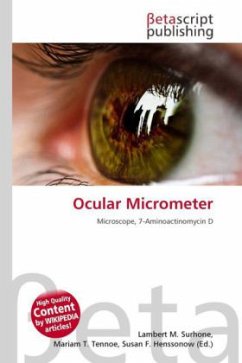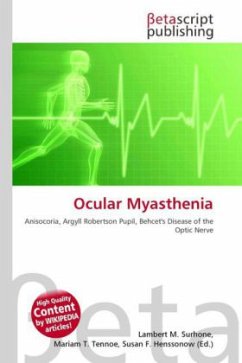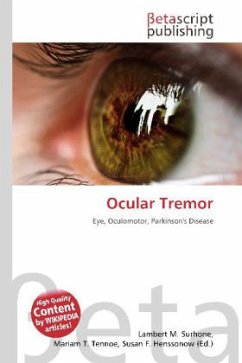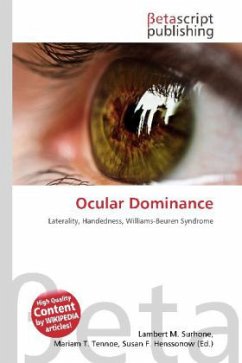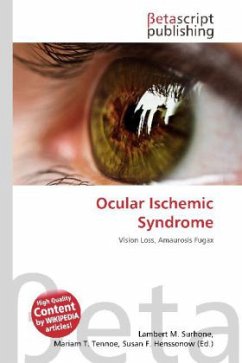Please note that the content of this book primarily consists of articles available from Wikipedia or other free sources online. An ocular prosthesis or artificial eye (a type of Craniofacial prosthesis) replaces an absent natural eye following an enucleation, evisceration, or orbital exenteration. The prosthetic fits over an orbital implant and under the eyelids. Typically known as a glass eye, the ocular prosthesis roughly takes the shape of a convex shell and is made of medical grade plastic acrylic. A few ocular prosthetics today are made of cryolite glass. A variant of the ocular prosthesis is a very thin hard shell known as a scleral shell which can be worn over a damaged eye. Makers of ocular prosthetics are known as ocularists. An ocular prosthetic does not provide vision; this would be a visual prosthetic. Someone with an ocular prosthetic is totally blind on the affected side and has monocular (one sided) vision which affects depth perception.

